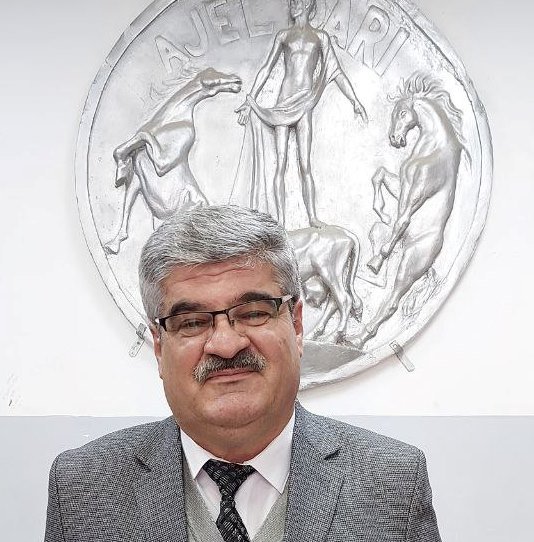The Poultry Industry in Iraq (2025): Challenges and Strategic Recovery Pathways

Dr. Majid Hamid Al-Sayegh
13/ 7/ 2025
The poultry industry in Iraq is a fundamental pillar of national food security and contributes to supporting thousands of families by providing job opportunities and local businesses. According to 2025 data, there are approximately 7,000 broiler production projects in Iraq, but approximately 3,000 of these are currently suspended due to financial and logistical difficulties. Meanwhile, egg production projects remain active, ranging from 400 to 500 projects, producing 7 to 8 billion eggs annually. The country also hosts more than 261 hatcheries that hatch more than 1.3 billion chicks annually. These figures reflect a local capacity that covers approximately 80% of market demand, sometimes reaching full sufficiency during peak seasons.
Despite this strong performance, the poultry industry in Iraq faces fundamental challenges that threaten its stability and sustainability. Among the most prominent of these challenges is the near-total reliance on imported hatching eggs, with approximately 95% of these eggs imported due to the destruction of parent poultry farms, particularly in Samarra, during periods of war and conflict. Producers also complain about the influx of large quantities of imported eggs and meat into the market during peak domestic production, leading to a collapse in prices and heavy losses for local producers. Furthermore, foreign products are being marketed as local products. Financial pressures are increasing with rising feed prices, with the price of a ton of soybean meal reaching nearly one million Iraqi dinars. Electricity problems, rising fuel prices, and a shortage of vaccines and veterinary medicines have exacerbated the suffering of breeders. In Wasit Governorate alone, more than 50 egg production farms have ceased operations over the past year. This is in addition to the presence of more than 2,400 poultry projects operating without official licenses and lacking veterinary oversight, which increases health risks and market disruptions.
To address these mounting challenges, urgent measures are needed to rebuild and stabilize the poultry production infrastructure. Laws to protect local produce must be strictly enforced, especially during surplus seasons, and illegal importers must be held accountable. Parent projects must be rehabilitated and provided with financial support, land, and equipment. Stable electricity supply is also essential, along with fuel subsidies for project owners to operate their generators during high temperatures. Agricultural banks must provide soft loans to breeders, while the Ministry of Agriculture must ensure the availability of vaccines, feed, and veterinary services at reasonable prices. Equally important is the implementation of extensive training programs in modern farm management, health prevention, and improved production performance.
In conclusion, the poultry industry in Iraq has significant potential to meet local market demand, reduce dependence on imports, and provide significant job opportunities. However, achieving this ambition requires real investment, effective government intervention, and a national commitment to supporting Iraqi farmers. With concerted action and clear will, Iraq can transform its poultry sector from a state of fragility to a model of stability, prosperity, and sustainable self-sufficiency.



